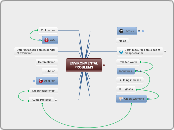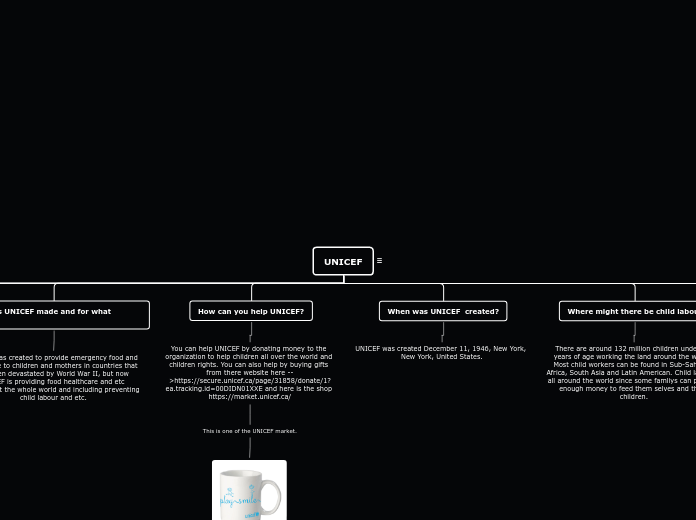Grammar errors
in my EFL classrooms
EE: TEACHING LANGUAGE AS A SYSTEM
Marcos Javier González Blanco
Lexical errors
-ed & -ing mistakes
Explanation
Alejo Lopera English channel
mmmEnglish Channel
interesting/interested
Example:
I'm interesting
in this lesson
Explanation:
in the sentence, "interesting"
does not describes the
person's feeling. The correct
sentence is "I'm interested
in this lesson"
confusing/confused
Example:
The content of the
book is very confused
Explanation:
In this case, the
statement is
acceptable, but the
best way to express
the idea is: "The
content of the book
is very confusing"
Exciting/excited
Example:
I was exciting with this
activity we did in class.
Explanation:
the verb "exciting" is an
adjective describing
something that causes
excitement, not the
state of being excited.
the correct sentence is:
"I was excited about this
activity we did in class."
Pronunciation errors -ed sounds
Subtopic
Examples
Strategies:
1. Present examples of words with each sound and practice pronunciation with the students.
2. Carry out dynamics that can include reading aloud words with the -ed sound.
3. Provide written dialogues and ask students to read them aloud.
ed (d sound)
If the last letter of the words ends in a voiced
consonant (or sound), then the ED is pronounced
like a D (without creating another syllable)
ed (t sound)
If the last consonant of the word is voiceless,
then the ED is pronounced as a T. This is not
to create an extra syllable or "id" sound.
ed (id sound)
If the last letter of the word appears
with D or T, the sound ED is
pronounced as a /id/ sound
Grammar errors
verb + prepositions
Strategie:
The procedure I have used is as follows:
1. I provide lists of verbs and the prepositions that should be used.
2. I add examples with the help of videos and images.
3. I explain difficult or special cases.
4. We practice with exercises that include common verbs.
5. We use the expressions in dialogues or written texts.
Resources
Table of prepositions followed by verbs
Learn English with Rebbeca - Engvid channel
write to / about
The verb "write" can be followed by different
prepositions depending on the context
and what the writer is trying to convey.
talk to
Without the preposition "to", the sentence
would be incomplete and unclear about
who the speaker is communicating with
agree with
Explanation: It is commonly used in English
to indicate that one person's viewpoint
adjust with another person's viewpoint.









